China and the various types of tea
Péter Galambos talks about Chinese teas and tea culture 4/2
The Chinese tea culture has a long history. The first texts about tea are hailing from the 8th century. The tea-drinking habit became popular along with the rise of Buddhism. Buddhist monks cultivated tea plantations. We can find many Chan stories when monks are working in the tea plantation as part of monastery life. The original location of tea is Yunnan 云南 province, and this is where we can find those extremely old 2000-3000 years-old ancient tea trees. It is the region where tea cultivation originated and started to spread from. Besides Yunnan, we can find old tea trees in East China, but here they are around 800 years old. For example, Chaozhou 潮州市 and the south-east part of Guangdong 广东省 province are regions where we can also find old trees. For example, in Guangdong, there is a mountain that is famous for dancong 单枞 tea. Also on the Wuyi mountain 武夷山, and the north part of Fujian, we can find older tea trees. Since these old trees do not provide a large amount of tea leaves, sometimes they cut them out and replant the plantation. Actually, not all kinds of teas become better as the ages pass. For example Tie Guan Yin, the so-called iron Avalokiteśvara oolong is better when the plantation is fresh, so they replant the tea plants every five years.
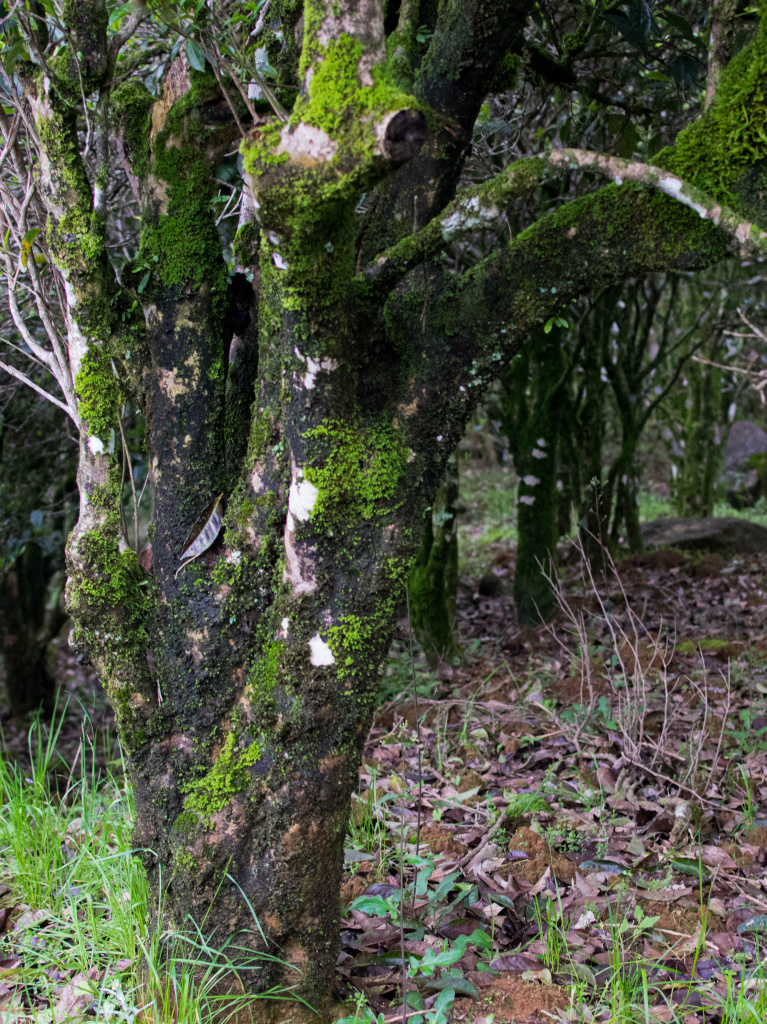
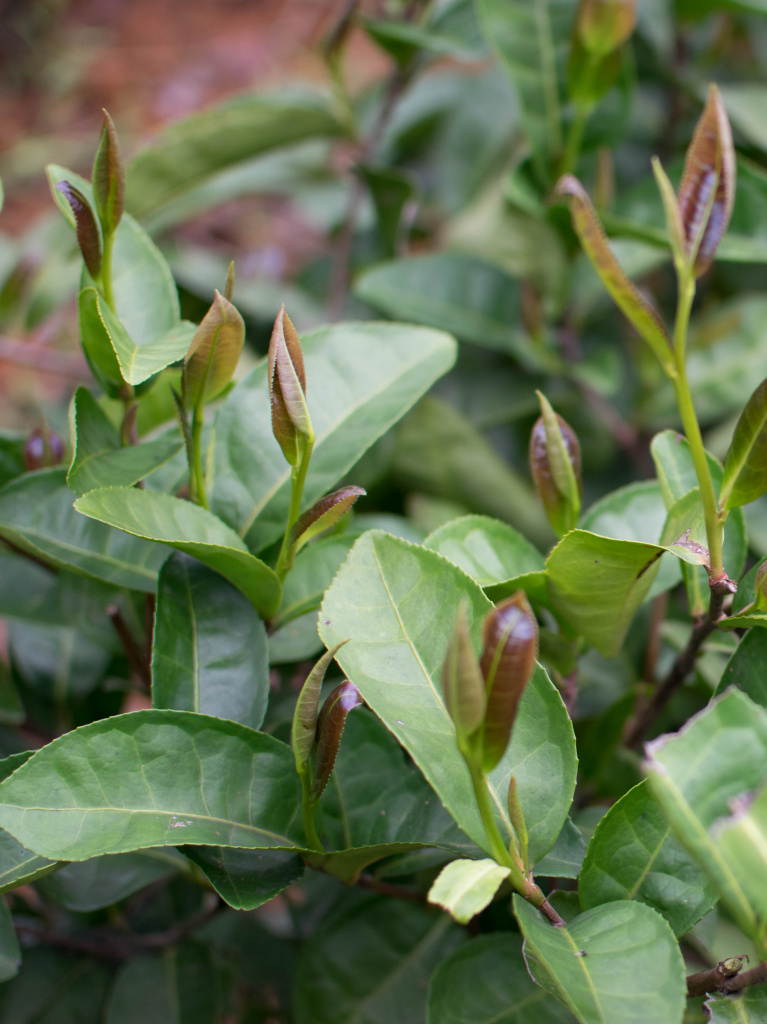
Regarding the plant, which we can call tea, there is one single plant (Camellia sinensis), but it has different varieties. The two main subspecies are Camellia sinensis var. sinensis and Camellia sinensis var. assamica. Camellia sinensis var. sinensis cannot grow bigger than a bush, but the other variant, the Camellia sinensis var. assamica in Yunnan can grow to a size of a tall tree. However, it is a kind of underwood in the deep forest, which means it cannot be the dominant tree in the forest, and it only grows under the bigger trees. The reason is that the tea plant likes to grow in the shadow, and it likes when bigger trees overgrow it. The tree grows extremely slow, it reaches only up to 1,5 meters in 100 years! If you see a three meters tall tree, it should be about 300-400 years old. The roots of a tea tree are strong and grow deeply. The oldest tea tree, which I have seen in my life, was around 1700 years old. It reached the size of a chestnut tree. We can say, it had the time to grow so tall.
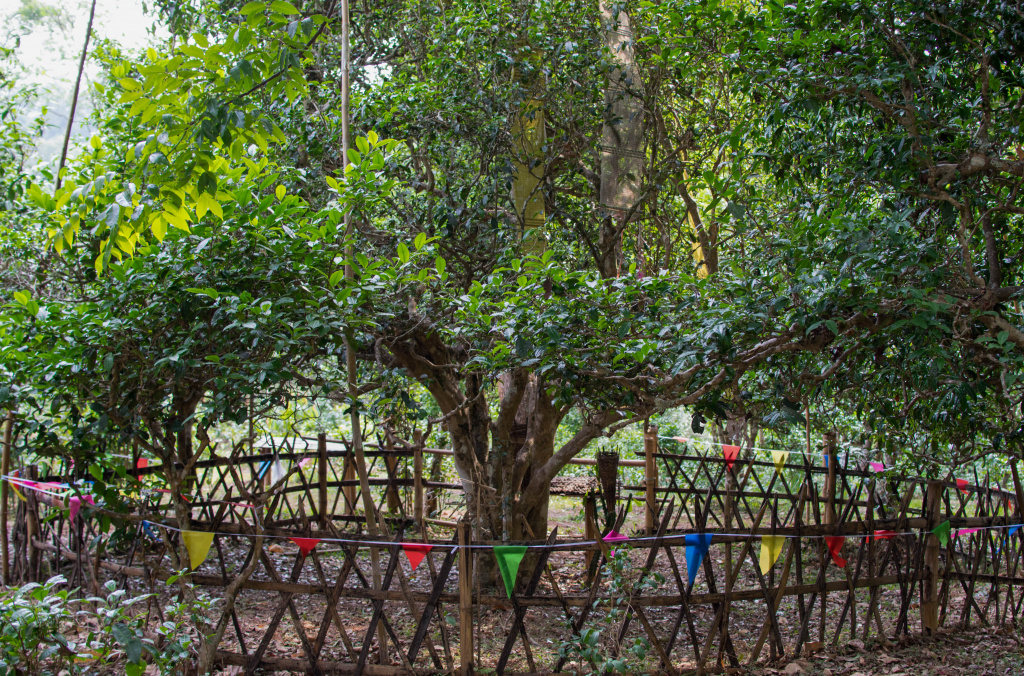
Nowadays these ancient trees are national treasures, and they are very well protected. It is almost impossible to buy tea that was made from the leaves of these ancient tea trees. If they pick the leaves, the police are there to control the process, because if they would pick too much, the tree might die. The biggest value of Yunnan puer is that it comes from a few hundred years old tea trees. Of course, you need to know the source. If something is written on the tea that is surely not enough, because you can be cheated. However, if someone drinks a lot of tea, after a while that person can tell from the taste if the origin of the tea is an old tea tree or a newly planted one. The old ones’ roots are long, double the height of the tree. Meanwhile, a young tree can only consume the minerals from the surface, while the old trees can get them from the deep soil. This makes a huge difference in terms of quality. On the other hand, an old tree can provide 10 kilograms of tea in a year, and a young tree can provide 10 times more. Of course, the number of minerals is ten times larger in the leaves of an old tree. In terms of the plantations, we can see similarities with the quality wine grape cultivation.
The location is the second most important factor for tea cultivation. The ideal place would be a deep forest or a forest. Yunnan basically is quite flat and sunny, which is a typical climate for a subtropical area, and it is not shady enough for quality tea. However, in the deep forest, the circumstances are perfect, because the other trees function as a natural cover. Due to the oceanic climate, Taiwan and Fujian are also good places to grow tea. Because of the foggy weather and high humidity, there is no direct sun, and this condition supports the production of high-quality tea. We can see that in Japan, to reach higher quality, they cover the tea plants 2-3 weeks before the harvest, so the taste of the tea would become more concentrated.
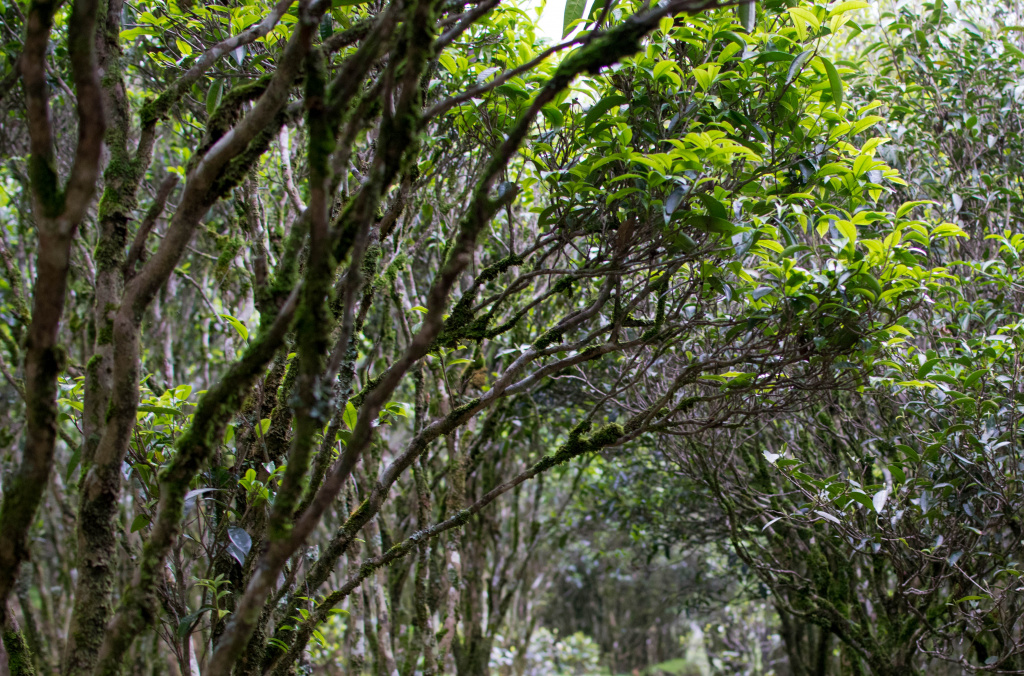
The taste of the tea depends on various factors. Besides the place of growing, we need to consider the type of the tee tree as well. Few kinds of teas, such as green tea, are made from a certain tea plant coming from a certain territory. But in Yunnan, which the original home of tea, there are many kinds of tea plants. Sometimes we can find 5-10 kinds in a single tea plantation, which are all a bit different. Usually, one tea is made from one kind, but in Yunnan it is different. Since there are different tea plants in one tea plantation, these Yunnan teas are usually mixed. Unfortunately, many kinds of tea plants are not good enough for making tea. In Yunnan, out of 30 variants, only 10 are suitable for tea production. The rest is too bitter or even poisonous. Obviously, nobody plants them, but we can find them growing in the deep forests.
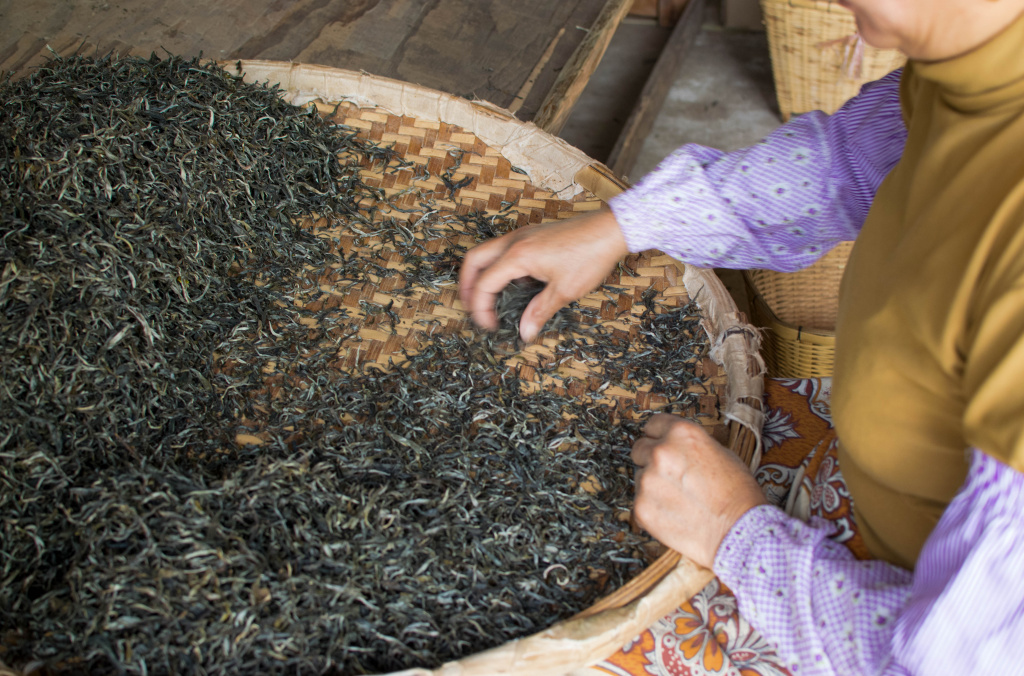
Some people are specialized in wild teas. They wander in deep forests and pick the leaves of the wild tea trees. The surroundings of the tree have an impact on the taste of the leaves because the tree consumes the available minerals. Therefore the taste of the tea is richer if it was made from the leaves of a wild tree. The leaves can look different, and they might be darker, more like claret than green. If the tree is good, then the taste can be also really good. But if the tree is not proper, then the product can be barely drinkable. We can taste considerable differences.
This essay is based on a Galambos Péter & Varjasi Géza Buddha FM radio interview.
Transcribed & translated: Keller Mirella
Photos: Tálos Gábor
We published this interview in four different sections. You can find the links below.
